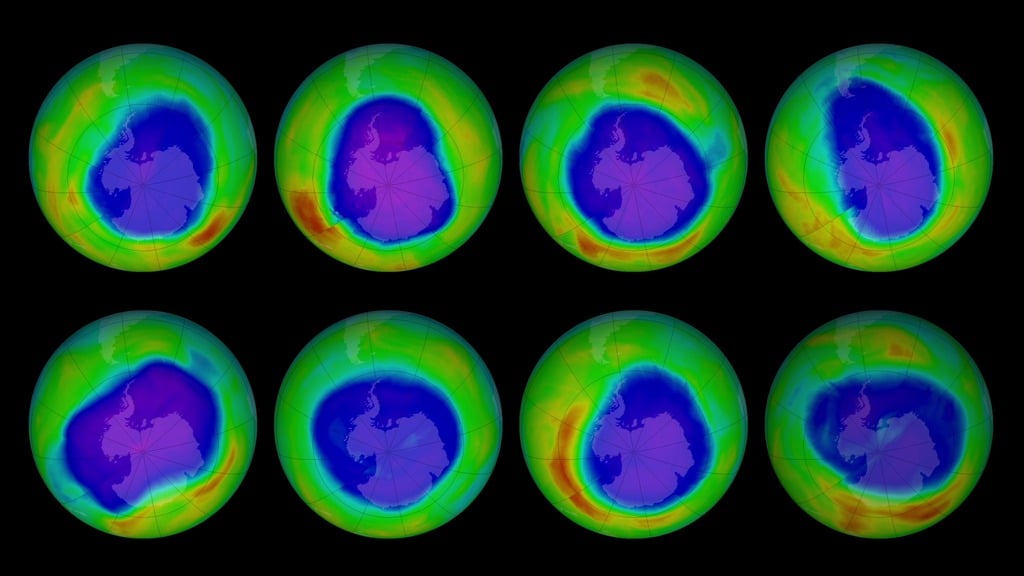In a world full of climate change deniers and acceptors, there is good news. According to a study, the holes created in ozone layer by chlorofluorocarbons (CFCs) have started to fill in. The decision to increase awareness and decrease the use of CFCs started back in 1989 with Montreal protocol. It was one of the rarest instances where a global agreement was signed to solve a problem that affected everyone.
The Montreal Protocol
Ozone depletion was first identified during 1970s and 80s. It was determined that CFCs were driving factors behind this as they reacted with oxygen in stratosphere which resulted in breakdown of ozone molecules. Ozone is like a shield around Earth protecting it against UV light coming from sun which damages DNA and causes cancer.
The depletion reached a fatal level at the Antarctic where almost an ozone free level was created. Antarctic was affected the most due to weather as winds carry the pollutants towards the Antarctic, from there they go up to the stratosphere. This dangerous level spurred nations to take action against the growing depletion of ozone.
Pakistan is Eliminating Emissions That Hurt the Ozone Layer
Companies went on to find replacements of CFCs and countries also took some steps to prevent their use as per the Montreal agreement. However, fruitful results didn’t seem to come out. But with recent developments, it seems like the ozone is finally recovering, though the procedure is slow but better late than never, right?
Ozone levels over the years
One thing is to be noticed here, it isn’t just CFCs that react with ozone, there are several other gases playing their part in the destruction of ozone. So we need to identify and limit use of every single gas on earth reacting with the ozone layer.
NASA sent a satellite to study chemical composition of atmosphere and chemicals/gases reacting with it. Upon analysis of data they identified that they level of chlorine is decreasing slowly which means that humans are sending lesser amounts of CFCs to the atmosphere.
In the study, scientists compared the level of chlorine to the drop in destruction of ozone. Although there were some years where the effect increased but overall a drop of 20% in ozone depletion was noticed during time span of the study. To summarize everything, the study says;
All of this is evidence that the Montreal Protocol is working—the chlorine is decreasing in the Antarctic stratosphere, and the ozone destruction is decreasing along with it.
This doesn’t really mean that we have been successful in full recovery of ozone as ozone molecules multiply very slowly and it would take years for them to recover. But this does mean that Montreal Protocol is somewhat working.
Via: ARS Technica






















